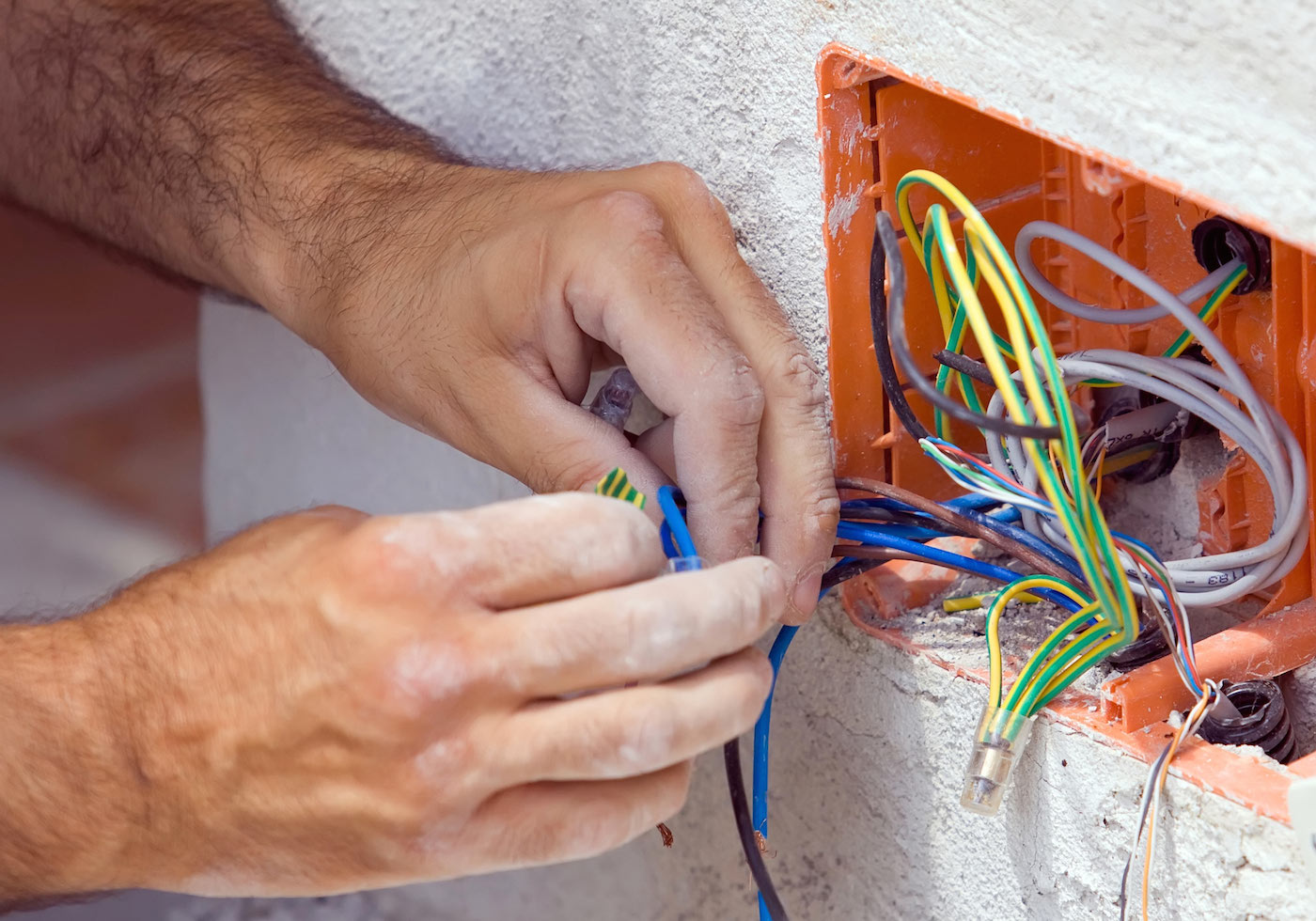Upgrading the electrical outlets in your home can add another level of safety and security for your home and help reduce the event of electrical fires. Aside from making the outlets look new and updated, new electrical outlets can increase the safety of older homes. Hazards like loose connections and outdated electrical codes may need to be addressed. Considering that the median age of a home in the U.S. is 35 years old, it means that many of us are living in, and purchasing, older homes that will eventually require upgrades.
The risk of electrical fires
The danger of an electrical outlet fire is that by the time you see smoke coming from the outlet, fire may already be spreading inside the walls. Loose wires behind the wall can create a situation for an electrical arc to form, which can heat up to 1500 to 1800 degrees Fahrenheit. Wood studded walls and other materials can quickly catch fire and spread. Pulling the plug from the outlet or turning off the switch won’t put out the fire. Electrical fires need to be put out with a Class C (“C” stands for “current”) fire extinguisher; call 911 immediately if you suspect an electrical fire.
When to call in the professionals
A licensed electrician not only knows how to change out an old and outdated outlet, he or she knows what type of wiring was used in the older home and how to troubleshoot problems. A licensed electrician may even notice other issues in the home like an outdated circuitry panel, aluminum wiring or other potential fire hazards. Call in a professional if you spot any of these issues:
- brown, black, or discolored outlets or sockets
- loose sockets that won’t hold a plug
- smell smoke or burning
- see sparks when you plug or unplug something
- when lights flicker or stop working for no reason
- a circuit that trips often
Other electrical upgrades
An electrician can also make upgrades that you may not, or should not, be able to do yourself. For example, changing a regular outlet to a GFCI outlet in the bathroom, kitchen or laundry room. The electrician may also recommend adding tamper proof outlets in children’s rooms, or upgrading the switches.
New outlets aren’t just for looks
Although updating your electrical outlets is a great time to change out the colors of the cover plates or add a more modern look to the room, a new outlet adds a level of safety and security to your home. According to the U.S. Fire Administration, fires caused by electrical malfunction account for about 8% of all residential building house fires, costing over $923 million in damage and nearly 335 deaths in 2013. The danger of an electrical fire is the fact that it is considered an uncontained fire, meaning that it can quickly spread from one room to another. Ensuring that your electrical system is up to current building code standards, not overloading the system, and regularly testing your smoke detectors, are ways to keep your home and family safe.
Electrical house fires and older homes
According to theU.S. Fire Administration, “A strong relationship between housing age and the rate of electrical fires has been observed, with housing over 40 years old having the strongest association with electrical distribution fires.” But new homes are just as susceptible as older homes, as electrical arc fires do not discriminate between old and new construction.
Other preventative tips
Ask your electrician about installing an Arc Fault Circuit Interrupter (AFCI), which monitors arc faults in the electrical system. It monitors the electrical current within a circuit and when it detects an arcing fault, it de-energizes the circuit. This device can be expensive however, is certainly cheaper than the damage caused by an electrical fire. The National Electric Code is managed by the National Fire Protection Association and you can find more information at http://www.nfpa.org/codes-and-standards/document-information-pages?mode=code&code=70




